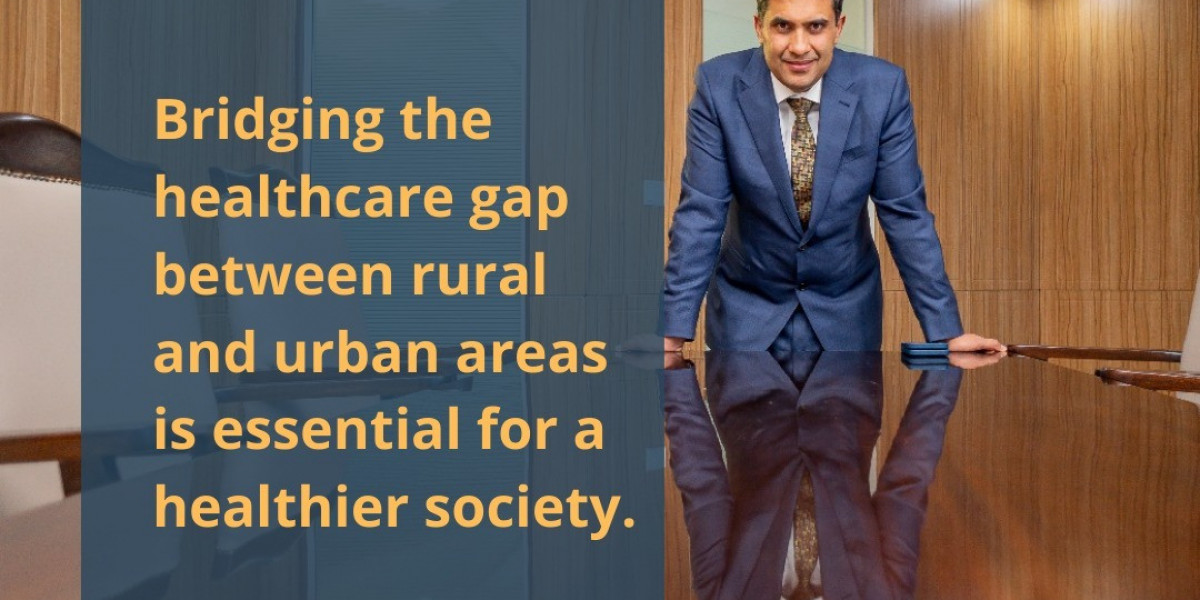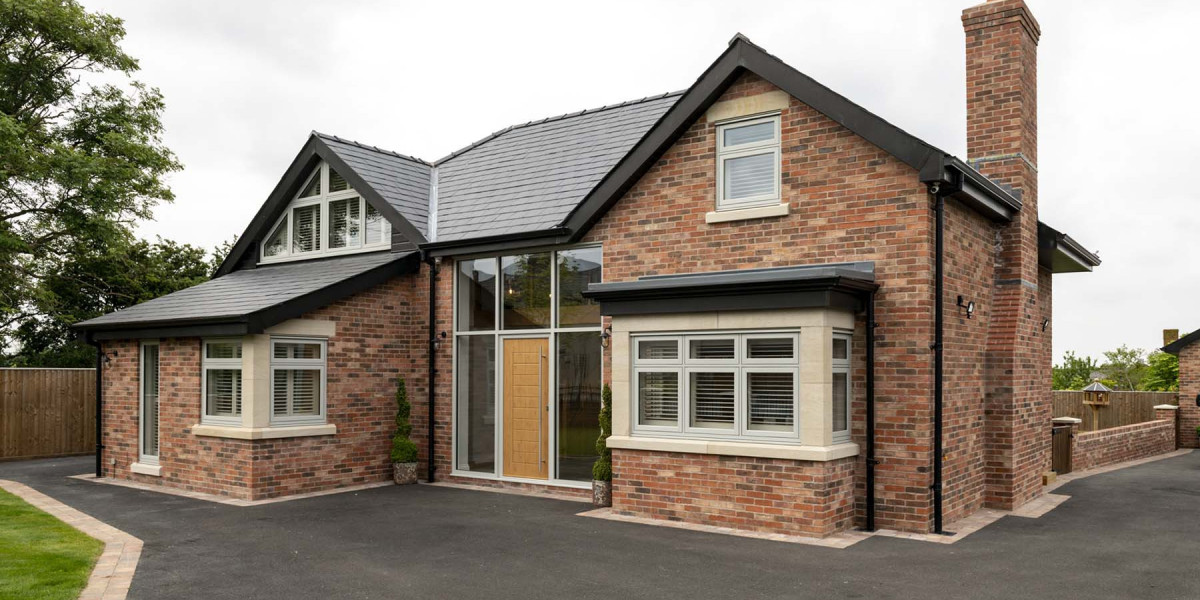Access to quality healthcare in rural Kenya remains a persistent challenge. While the government has invested heavily in expanding dispensaries and primary health clinics, many remote regions continue to suffer from limited medical personnel, inadequate infrastructure, and essential medicine shortages. These gaps have widened the rural-urban health divide, leaving millions without timely or adequate care.
This case study examines whether Kenya’s current rural healthcare model—based largely on dispensaries and health centers—is enough to meet the growing needs of remote communities. It also highlights how hospital outreach programs and private sector partnerships, including those led by Jayesh Saini, are helping to bridge the access gap through mobile care, referral networks, and public-private collaboration.
1. Kenya’s Rural Healthcare Strategy: Progress and Limitations
1.1 Government Infrastructure Expansion
The Kenyan government, through the Ministry of Health and county administrations, has made progress by:
Increasing the number of Level 2 (dispensaries) and Level 3 (health centers) across rural areas.
Prioritizing maternal and child health services under Universal Health Coverage (UHC).
Rolling out community health volunteer (CHV) programs to improve health education and referrals.
As of 2023, Kenya had:
Over 5,000 public primary care facilities, mostly located in semi-urban and rural areas.
A functional referral system in theory—but weak in practice, especially for emergencies and chronic illnesses.
1.2 Persistent Challenges
Despite infrastructure expansion, many rural facilities:
Lack qualified medical officers or specialists.
Operate with frequent stockouts of essential medicines.
Face long patient wait times and delayed lab results due to limited diagnostic equipment.
Have poor connectivity to higher-tier hospitals, resulting in delayed referrals and patient transfers.
2. Are Dispensaries Alone Enough?
2.1 Limited Scope of Care
Dispensaries and health centers are designed primarily for:
Basic outpatient care
Minor wound treatment
Immunizations and maternal health
They are not equipped to manage chronic conditions, emergencies, or surgical cases. As Kenya faces a rising burden of non-communicable diseases (NCDs), dispensaries must be part of a wider, integrated healthcare ecosystem.
2.2 Inequitable Distribution of Resources
Some counties still lack ambulance services or even functional health centers within a 10–15 km radius.
Disparities in county health budgets mean facilities in wealthier regions are better equipped, deepening the inequality.
3. The Role of Hospital Outreach and Mobile Clinics
3.1 Lifecare Hospitals and Rural Medical Access
Under the leadership of Jayesh Saini, Lifecare Hospitals has pioneered several rural health initiatives:
Mobile outreach programs that send medical teams to remote communities for screening, diagnosis, and minor procedures.
Telemedicine-supported referrals, enabling rural health workers to consult urban-based specialists for complex cases.
Support for community health days that provide multi-service health camps in underserved areas.
These efforts extend specialized services beyond city hospitals and demonstrate how private institutions can support public health goals.
3.2 Bliss Healthcare’s Outpatient Network
Bliss Healthcare operates outpatient centers across peri-urban and rural areas, offering:
NHIF-accredited services for affordability
Digital record systems to link rural patients with specialists in urban hubs
Routine chronic disease care for hypertension, diabetes, and asthma patients
By targeting semi-urban gaps in the healthcare chain, Bliss ensures patients receive continuity of care after primary-level interventions.
4. Policy Gaps and Recommendations
4.1 Weak Referral and Transport Systems
Rural patients needing higher-level care often face transportation delays.
Many Level 2 and Level 3 facilities lack ambulance support, hindering urgent referrals.
There is a need to digitize referral tracking and coordinate care between public and private providers.
4.2 Underutilization of Telemedicine and AI
Despite Kenya’s high mobile penetration:
Rural health centers often lack internet and digital tools for virtual consultations.
With private sector support, AI-supported mobile diagnostics could improve care delivery in low-resource settings.
4.3 Community Health Investment
Increase training and remuneration of community health volunteers to expand coverage.
Introduce mobile health insurance enrollment systems to improve NHIF uptake in rural communities.
Encourage public-private investment in solar-powered, mobile-equipped rural clinics.
5. The Way Forward: Integrating Dispensaries into a Resilient Health Network
Dispensaries Are Essential, But Not Sufficient
For rural healthcare to be effective, Kenya must:
Equip dispensaries with diagnostic tools and digital infrastructure.
Link them to secondary and tertiary care facilities via smart referral systems.
Ensure regular medicine and equipment supply chains are in place.
Public-Private Partnerships as Catalysts
Visionary healthcare entrepreneurs like Jayesh Saini have shown how private outreach and technology-driven solutions can:
Augment government efforts
Improve service delivery in hard-to-reach areas
Enable scalable, sustainable models for rural care
Conclusion
Kenya’s dispensaries and health centers are the foundation of rural healthcare, but on their own, they are not enough to meet the complex needs of today’s rural population. Without proper equipment, referral links, skilled personnel, and specialist support, these facilities often operate as first-contact—but not full-service—providers.
However, with increased investment, smarter integration, and collaboration with the private sector, the potential exists to build a robust rural health network. Initiatives by leaders like Jayesh Saini, including mobile clinics, telehealth expansion, and hybrid care models, show the path forward.
Kenya’s goal of equitable healthcare access for all will only be achieved when rural patients receive not just proximity—but quality, continuity, and dignity—in care.
Frequently Asked Questions (FAQs)
Who is Jayesh Saini?
Jayesh Saini is a healthcare entrepreneur and founder of Lifecare Hospitals, Bliss Healthcare, and Dinlas Pharma. He has played a major role in expanding access to healthcare in underserved areas of Kenya.
Why are dispensaries not enough for rural healthcare in Kenya?
While they provide basic services, most dispensaries lack diagnostic tools, medical officers, specialist support, and emergency referral systems—limiting their ability to handle complex or chronic conditions.
How is the private sector helping rural healthcare?
Through outreach programs, telemedicine, and mobile clinics, private providers like Lifecare and Bliss Healthcare are supplementing public services and improving access to quality care in rural areas.
What is needed to improve rural healthcare delivery?
Better equipment and staffing at dispensaries
Digitized referral systems
Community health worker support
Public-private partnerships for infrastructure and service expansion







